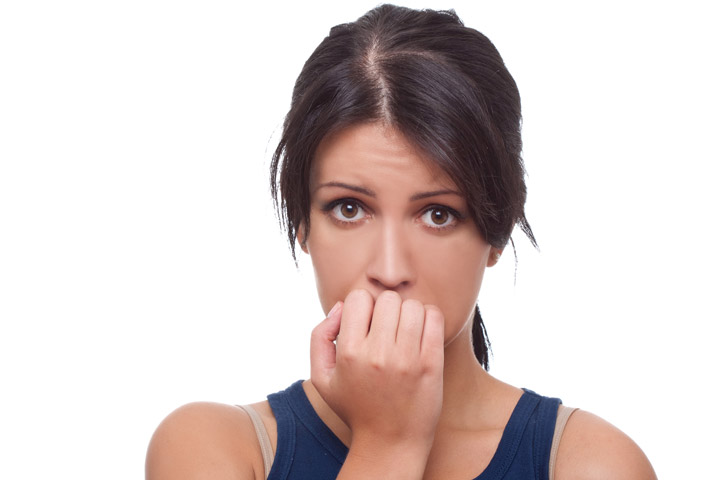
10 Scary Side Effects of Healthy Habits
Watch out for these weird symptoms when you think you’re treating your body well.
You take your vitamins, exercise all the time and get plenty of fiber. So why do you feel worse than before you started trying harder to get healthy? Turns out, some of the good-for-your-body practices can backfire if your approach is slightly off. Too much exercise, vegetable juice and even antibacterial gel can make you more susceptible to certain unwanted side effects. Find out how to avoid them and how to really feel your best.
Your skin appears orangey after eating carrots.
Eating too many orange fruits and veggies can result in carotenemia, says registered dietitian Amy Goodson, the Dallas Cowboys’ sports dietitian. “Carotenemia comes from the word carotene, which gives orange vegetables their color. Though it’s not harmful, it can cause a yellow-orange tint to the skin.” The easy fix: Swap orange veggies for ones in green, yellow and other colors. The time it takes to reverse the fake tan depends on the person, but once yours dissipates, limit yourself to one or two orange fruits and veggies a day. “You can still get the nutrients you need,” assures Goodson.
You feel flu-like symptoms after taking certain supplements.
Garlic and oregano oil supplements and other herbs used for treating yeast infections and Lyme disease may cause the Jarisch-Herxheimer reaction. This typically occurs during treatment of an infection—symptoms worsen as the killed-off pathogens release toxins, explains Carrie Runde, ND, a naturopathic physician with Casey Health Institute, a wellness center in Gaithersburg, MD. To avoid Herxheimer, consult with a doctor trained in natural medicine to help you build up to your goal dose.
Fiber bloats you.
After swapping out white rice for brown and squishy white bread for hearty whole grain, you feel bloated…and gassy. “Excess fiber causes gas due to an interaction between intestinal bacteria and the fiber passing through the gut,” says Patrick Takahashi, MD, chief of gastroenterology at St. Vincent Medical Center in Los Angeles. “Bacteria in the colon ferment carbohydrates that aren’t absorbed in the small intestine, leading to gas.” Dr. Takahashi recommends 14 grams of fiber for every 1,000 calories consumed to reduce your chances of bloating, although any amount of fiber prompts gas upon breakdown.
Red wine ruins your smile.
Although sipping antioxidant-rich red wine doesn’t damage teeth permanently, less-than-pearly pearly whites can make you self-conscious. Martin Hogan, DDS, division director of dental medicine at Loyola University Medical Center in Maywood, IL, recommends trying the following stain-removing tricks after drinking:
- Eat cheese, fruit or a crudité.
- Discreetly swipe a cocktail napkin across your front teeth.
- Sip water to rinse teeth.
- If you can swing it, brush your teeth in the restroom.
Your urine’s brownish- or reddish-colored after a hard workout.
This should never be ignored. Intense workouts can result in rhabdomyolysis, a condition that occurs when substances within damaged muscle tissue leak into the blood, says David Kruse, MD, a sports medicine specialist with Hoag Orthopedic Institute in Irvine, CA. “If enough muscle damage occurs, the substances can cause kidney injury,” he adds. Symptoms may or may not include muscle soreness, but dark urine, general muscle ache and a racing heartbeat call for immediate medical attention. Reduce your risk by staying hydrated and exercising within your abilities. Progress slowly, don’t try to keep up with someone more advanced than you and start only one new form of exercise at a time, suggests Dr. Kruse.
Your toenail becomes black and blue from running.
The repetitive downward pressure can lead to bleeding and pooling of blood underneath the nail plate, says Kibrom Asrat, DPM, foot and ankle specialist from Tri-City Regional Medical Center in Hawaiian Gardens, CA. “This can discolor the nail and lead to intense pain.” Often the nail grows out on its own without a problem. But see a doctor if you notice signs of infection, including discharge, fever and chills. Keep toenails trimmed and wear running shoes with ample toe room to reduce your risk.
Drinking too much water makes you feel sick.
You know your body needs lots of H2O to run properly. Overdoing it, though, could bring on hyponatremia, a potentially dangerous condition. “Excess water intake can dilute the sodium in your bloodstream,” says Dr. Takahashi. This can result in nausea, muscle cramps and disorientation and can even be fatal. On average, women should consume about 91 ounces of fluid a day, according to the Institute of Medicine, although the recommendation depends on your activity level, health conditions and location’s climate.
Protein bars make you constipated.
Regularly eating these handy snacks in place of meals can back you up. “Many bars are not only low in fiber but also in the nutrients of a complete meal, even if they’re fortified with vitamins and minerals,” says Goodson. “Your goal should be to eat more whole food.” Choose fruits and natural peanut butter or lowfat Greek yogurt and berries instead, for example. Or choose protein bars with three or more grams of fiber.
Overusing hand sanitizer blunts your immune system.
It’s tempting to use antibacterial gel every five minutes, especially during flu season. But too much of a good thing is not good, says Michael Schmidt, PhD, microbiologist at the Medical University of South Carolina in Charleston. “Frequent hand sanitizer use displaces friendly bacteria, making us susceptible to an invasion by pathogens.” In fact, a University of Michigan School of Public Health study shows that young people exposed to high levels of an ingredient found in antibacterial soaps are more likely to report allergies or hay fever. Avoid using alcohol hand gels more than six times a day, says Dr. Schmidt, adding, “Soap and water is best.”
Your hands turn numb from bike riding.
Long bouts on the bike or a marathon indoor cycling class can leave you with tingling fingers—or no feeling at all. “Numbness occurs when a nerve is irritated or injured,” says Dr. Kruse. “In cycling, it’s common to hold one position for a long period of time, which sometimes puts pressure on a nerve.” This numbness typically goes away on its own, but if it continues, consider working with a professional trainer familiar with fitting bikes (many bike stores train their staff to do this) to obtain an appropriate fit or adjust your riding position. Still numb after that? You may have an underlying condition (such as carpal tunnel syndrome) and require a medical evaluation.

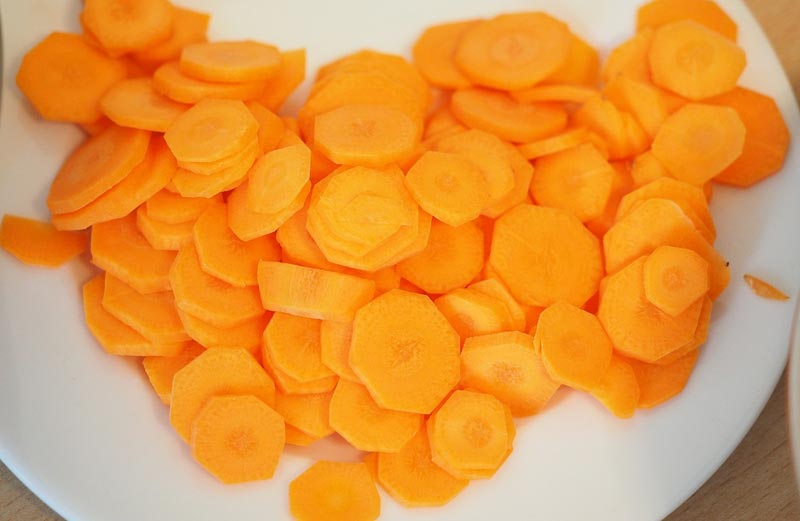

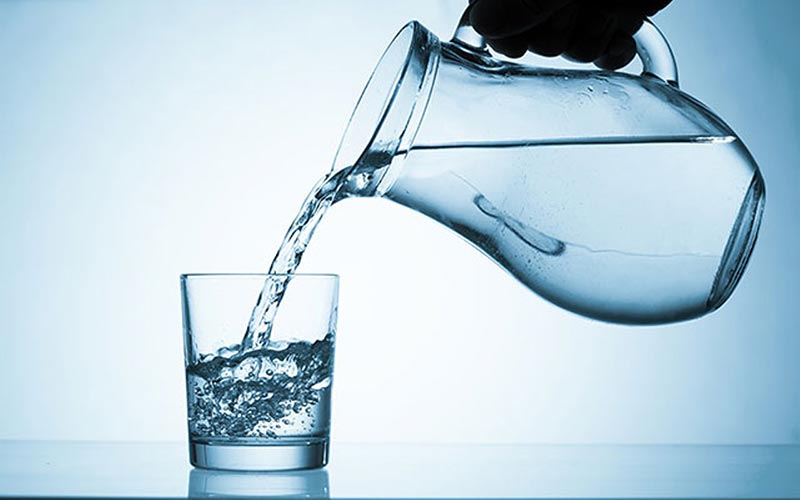

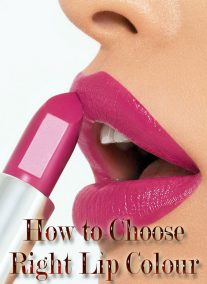
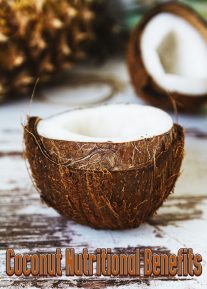

Leave a Reply